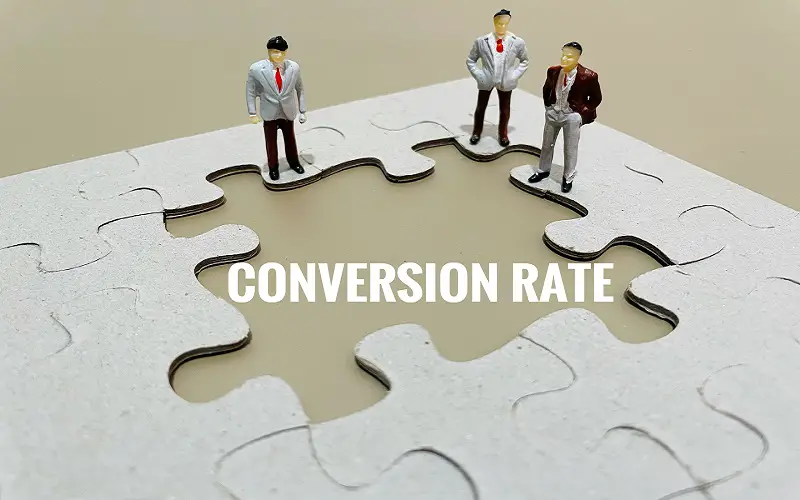When we purchase products, especially food, we are always interested in their weight. In English-speaking countries, customers from other regions are often confused when they encounter pounds as a basic unit instead of internationally adopted kilograms and grams. This tradition has been established a long time ago and is still widely used. If you would like to learn more about how to transform grams to pounds, here you will find the answer.
Grams and pounds: similarities and differences
Before the introduction of a unified system of units, each country has its own set of options. Thus, pounds were widely spread all over Europe but the weight they described differed from 350 to 560 grams.
The word itself has a Latin origin. It referred to the Roman term libra that meant weight equal to 329 grams. That is why the modern symbol of this unit is lb.
Due to big differences that existed in terms of the pound and other units, at the end of the 19th century, the world started to move toward unification. As a universal measure of mass, a kilogram was taken. At those times, a special standard was created. That physical object was designated as 1 kg and used to create a balance weight.
As for a gram it was considered as a 1/1000 part of a kilo. Thus, each kilogram contains 1000 grams. Furthermore, scientists agreed on the pound’s value and stated it as equal to 0.45359237 kg or 453.59237 g. These values are needed to transform grams to lbs and back.
Still, other options survived, such as a troy pound equal to nearly 373 g and utilized for evaluation of precious metals.
It is worth mentioning that a few years ago a kilogram was redefined through other physical constants. This was done due to the weathering of a physical standard. However, it does not change anything in terms of its everyday utilization or correspondence with other units.
How to convert grams to pounds
Before moving to transformations, let’s state how many grams in a pound clearly:
- 1 pound contains approximately 454 g;
- 1 g is equal to 0.0022 pounds.
Knowledge of these numbers is enough to perform any transformation of grams in a pound. For instance, when you face a task to find out the result for 500 g to lbs, you should solve the following equation:
500 x 0.0022 = 1.1
Such approximate values are good enough if you do not require very precise g to lb transformation and when the numbers are quite small. However, if these calculations are done for some scientific purpose, it is better to take numbers that are more accurate.
Of course, it may be challenging to keep them in mind, as they are quite long and complex. Luckily enough, there is another solution for any kind of transformation. Namely, modern online converters are equipped with strong algorithms that perform transformations of any complexity in a fraction of a second and never make mistakes. In a nutshell, these are the ways to find out the correlation between pounds and grams. It is not that difficult as it may seem and now you know how to do it.

